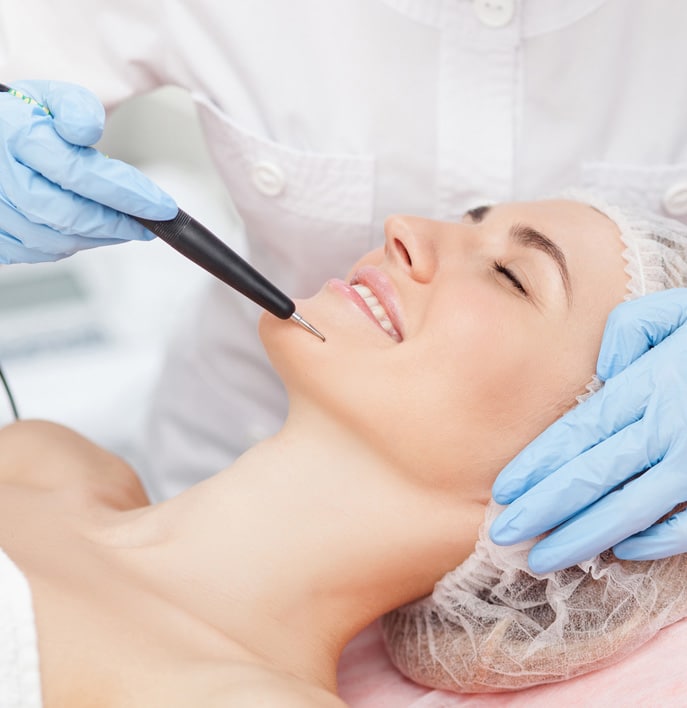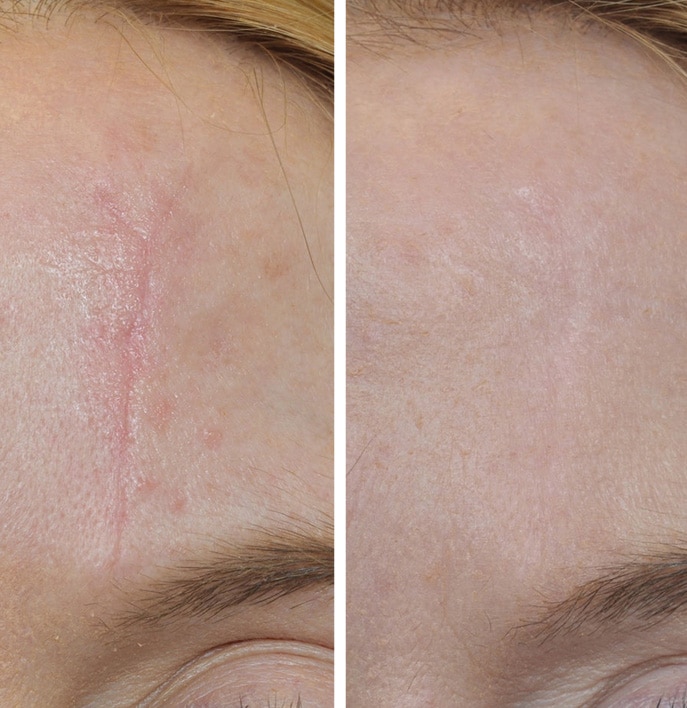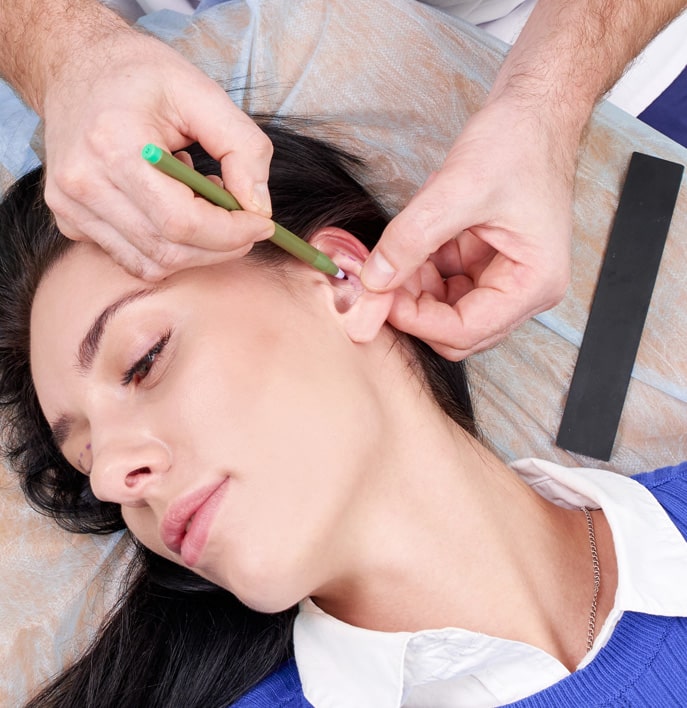
Skin Cancer Reconstruction
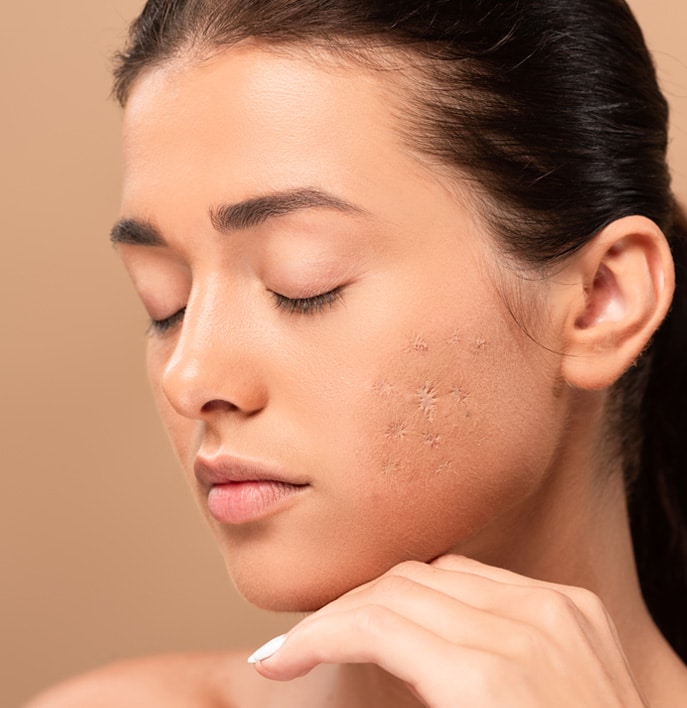
Skin cancer is the most common type of cancer in the United States. Each year, more than two million people are diagnosed with skin cancer, and the number of cases is rising. Unfortunately, it can affect any part of the body. This presents a particularly difficult problem on the face, where scars could be very obvious and significantly affect facial appearance.
Reconstruction surgery improves the appearance of skin cancer scars. It can also be used to restore function to areas of the face that have been affected by skin cancer. The type of technique used will depend on the size and location of the tumor, as well as the patient’s goals for treatment and the patient’s overall health. It can often be performed at the same time as skin cancer surgery, but in some cases, it may be necessary to wait until the wound has healed before beginning reconstruction.

The Best Candidates For Skin Cancer Reconstruction
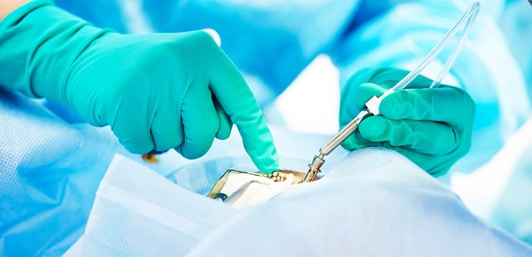
People who had skin cancer removed

Scars or facial deformation from surgery
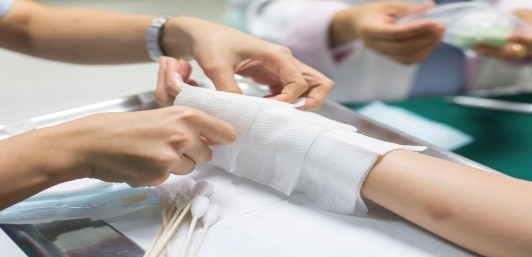
Lesions caused by radiation
Skin cancer reconstruction is a unique and complex process that requires the skill of a highly trained and experienced surgeon. The best candidates for skin cancer reconstruction are those who have been diagnosed with skin cancer at an early stage and have not yet developed metastatic disease. In addition, patients with good overall health and a positive attitude toward their treatment are also ideal candidates for this type of surgery.
Types of Reconstruction Surgery
Your surgeon will work with you to choose the best option for your individual situation. Surgery is just one step in treating skin cancer, and it is important to follow up with your doctor to ensure that all the cancer has been removed and to monitor for any new tumors. Some common surgical procedures are:
Mohs Surgery

Mohs Surgery
Skin cancer can be treated in several ways, but Mohs surgery is often considered the gold standard for treating basal cell and squamous cell skin cancers. Mohs surgery is a highly effective and precise technique that removes all visible cancer cells while sparing healthy tissue. The procedure is performed in stages, with each stage involving the removal of a thin layer of tissue. The tissue is then examined under a microscope to check for cancer cells. If no cancer cells are present, no further surgery is needed. It has one of the lowest rates of recurrence, making it an excellent option for treating skin cancer.
Skin grafts

Skin grafts
Skin grafts involve taking skin from another area of the body and grafting it onto the area where the cancer was removed. Deep skin cancer is usually treated with a full-thickness skin graft, which involves taking a layer of skin that includes the fatty tissue beneath the surface. Skin grafts are usually performed using local anesthesia, which numbs the area around the surgery. The surgery typically takes 1-2 hours to complete. It has a high success rate and can often be used to completely eliminate skin cancer.
Flap surgery

Flap surgery
Flap surgery is a type of surgery used to treat basal cell carcinoma. The surgeon first removes the cancerous tissue and then uses the skin to close the wound. The remaining skin is then pulled together and sewn shut. This type of surgery is often used for larger skin cancers, as it allows the surgeon to remove a wider margin of tissue. Flap surgery is highly effective in treating skin cancer and can help minimize scarring.
Standard Surgical Excision

Standard Surgical Excision
This surgery involves removing the cancerous tissue and a margin of healthy tissue. This margin helps to ensure that all of the cancerous cells have been removed. Excision is often performed using a local anesthetic, which numbs the area around the tumor. The surgeon then makes an incision around the tumor and removes the tissue. The wound is typically closed with stitches, and the surrounding area may be protected with a bandage. The recovery times vary depending on the size and depth of the tumor, but most people are able to return to their normal activities within a few weeks.
Recovery
Here are some tips for a successful recovery:

Get plenty of rest. Your body needs time to heal, so make sure to get plenty of sleep

Eat a healthy diet. Eating nutritious foods will help your body to recover more quickly

Keep the wound clean and dry. This includes keeping the area clean and dry, applying ointment, and changing bandages

Watch for signs of infection. Contact your doctor if you have any redness, swelling
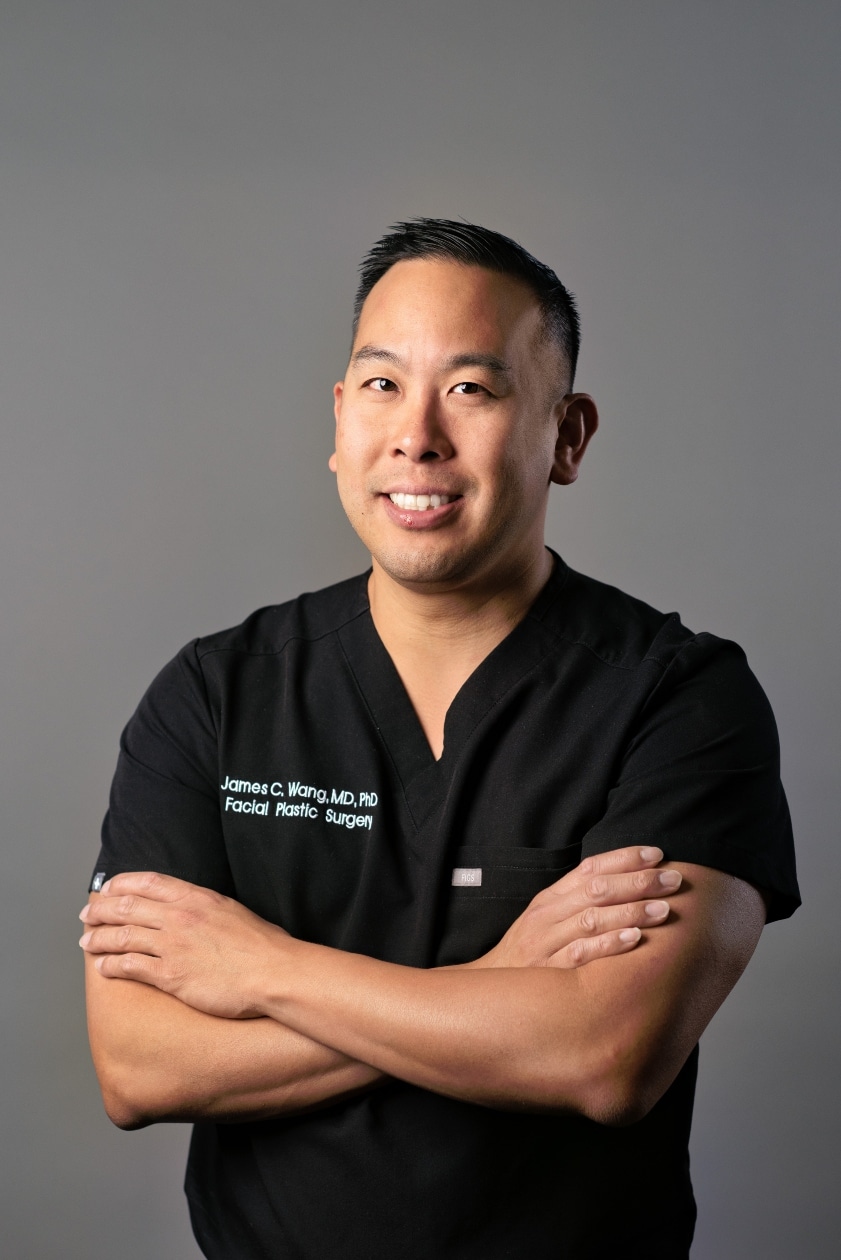
Contact
Dr. James Wang Today

If you're interested in learning more about skin cancer reconstruction or any other cosmetic surgery procedure, contact Dr. James Wang today to schedule a consultation. Dr. Wang is a fellowship-trained plastic surgeon with years of experience helping patients achieve their desired results. He will work with you to create a custom treatment plan that meets your needs.
Before and After

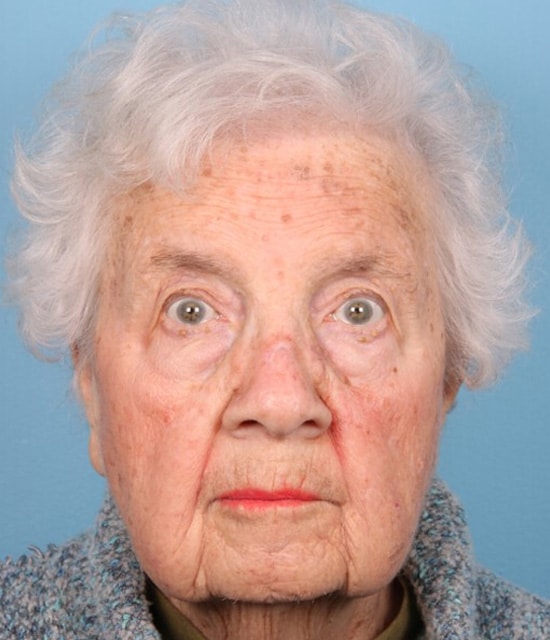
After
After
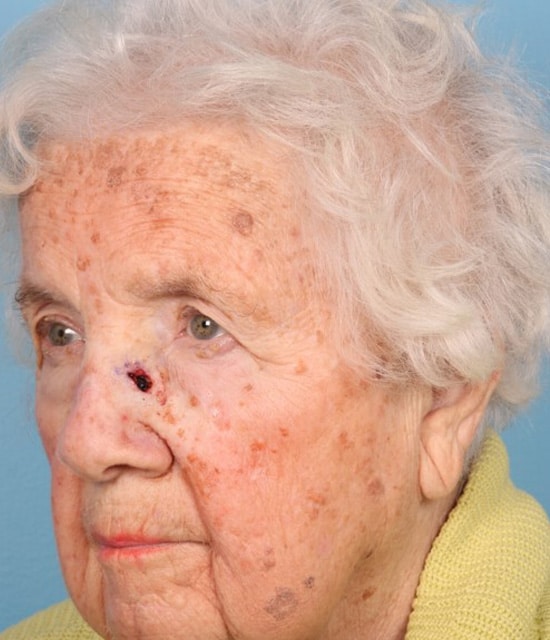
Before
Before
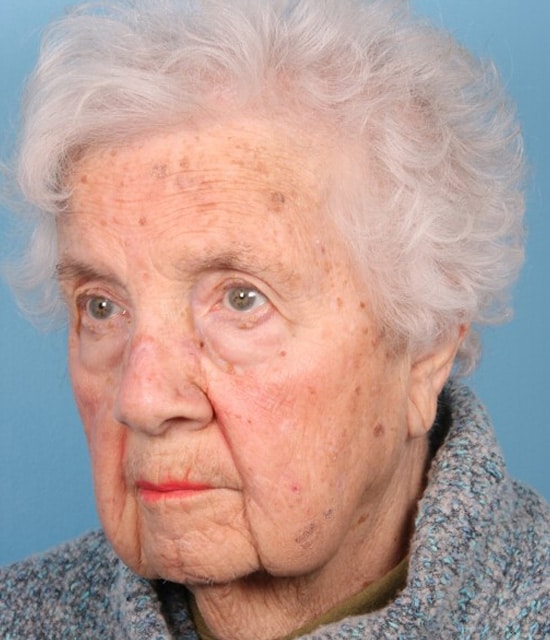
After
After
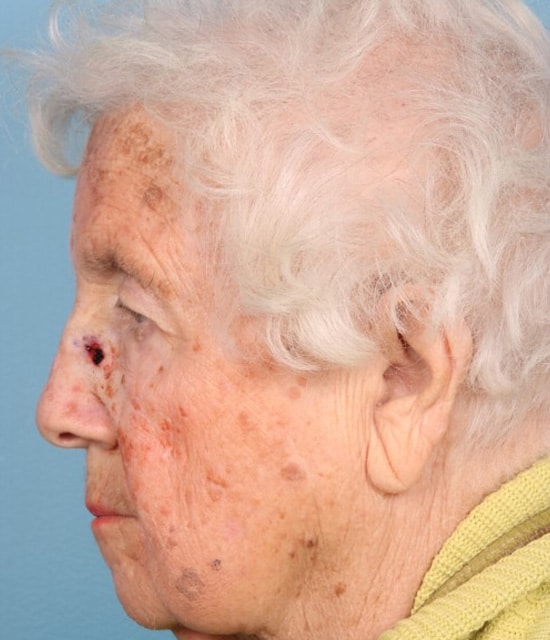
Before
Before
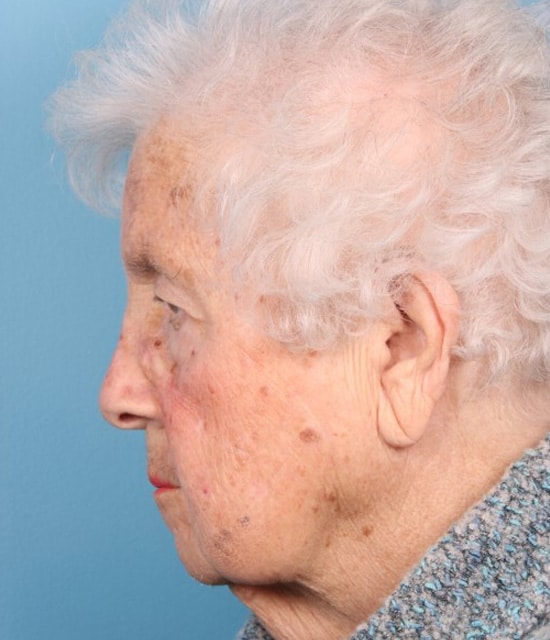
After
After
Other Surgical Procedures
FAQs
Most insurance companies do indeed pay out for skin cancer treatment, including surgeries, radiation therapy, and chemotherapy. However, the exact coverage and out-of-pocket costs may vary depending on the specific insurance plan and the severity of the cancer.
Medical research indicates that skin cancer can occur at any age but is more commonly found in older adults. People over the age of 50 receive the majority of skin cancer diagnoses.
If left untreated, skin cancer can quickly spread to other body areas and become more difficult to treat. It’s important to catch skin cancer early and seek treatment from a medical professional immediately. Melanoma, a type of skin cancer, is particularly dangerous because it can spread aggressively and rapidly.
Skin cancer can cause various symptoms, but feeling ill is not typically one of them. It is important to remember that skin cancer develops on the skin, not inside the body, so there is no reason to feel physically ill.
Taking skin cancer seriously is essential since it results from the uncontrolled growth of abnormal skin cells. Although certain forms of skin cancer may appear to resolve on their own, consulting a dermatologist for accurate diagnosis and treatment remains crucial.
Skin cancer is a serious issue affecting millions worldwide. Detecting skin cancer early and undergoing prompt treatment can significantly increase the chances of successful treatment. In fact, according to the Skin Cancer Foundation, the five-year survival rate for patients whose melanoma is detected early is about 99 percent.
Yes, a plastic surgeon can remove skin cancer. Plastic surgeons can perform a surgical procedure called Mohs surgery, a precise and effective way to remove skin cancer. After the surgery, the plastic surgeon will reconstruct the affected skin area to ensure it looks as normal as possible.
Mohs surgery is a highly effective treatment for skin cancer, promising a cure rate of up to 99%. During the procedure, the surgeon carefully removes layers of skin and examines them under a microscope until they have removed all cancerous tissue. While this technique successfully eradicates skin cancer, it can sometimes leave a significant wound. That’s where reconstruction comes in. Your surgeon may recommend reconstruction after Mohs surgery to ensure the wound is cosmetically pleasing and functional. Reconstruction may involve stitching the area closed (primary closure), using a skin graft, or rearranging nearby skin to cover the wound (flap closure). The type of reconstruction recommended will depend on the size and location of the wound and your individual needs and preferences.
Every patient is unique and experiences pain differently. However, most patients report discomfort after the surgery, including swelling, redness, and tenderness. However, pain management techniques, including local anesthesia and nerve blocks, can significantly reduce discomfort. In general, the pain associated with skin cancer surgery is temporary and manageable with the help of medical professionals.
Some may assume that you will be under general anesthesia during the surgery; the truth is that this is not always the case. Surgeons often perform many skin cancer surgeries with the patient awake and alert. It may sound intimidating, but there are many benefits to staying awake during your surgery. You will be able to communicate with your surgeon and team, you won’t have to worry about any risks associated with general anesthesia, and the recovery time is typically quicker and easier. Of course, every surgery is unique, so it’s important to speak with your doctor to determine whether you will be awake or asleep for your particular procedure.

